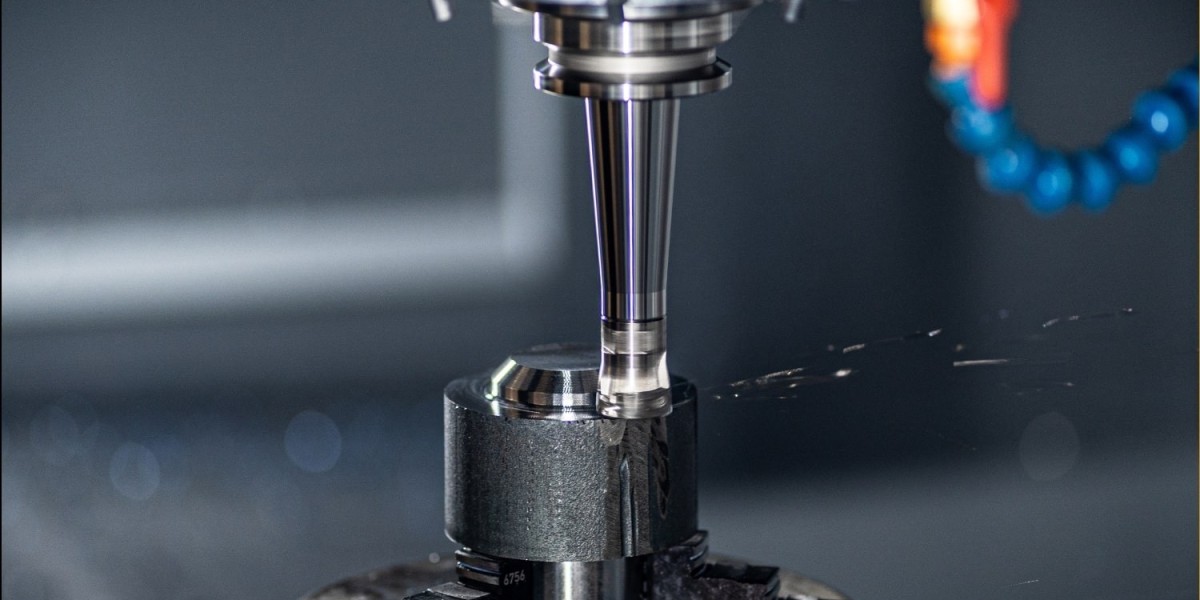CNC (Computer Numerical Control) machining is a manufacturing process that uses computerized controls and machine tools to remove layers of material from a workpiece. This technology allows for precise, repeatable, and efficient production of parts and components. CNC machining is used across various industries, including aerospace, automotive, medical, and electronics.
How CNC Machining Works
CNC machining involves several key steps:
Design: The process begins with a digital design, typically created using CAD (Computer-Aided Design) software. This design outlines the dimensions and geometry of the part to be manufactured.
Programming: The CAD design is then converted into a CNC program, often using CAM (Computer-Aided Manufacturing) software. This program includes a set of instructions that the CNC machine will follow to produce the part.
Setup: The workpiece, or raw material, is secured to the CNC machine's worktable. Tools such as drills, mills, lathes, or routers are also set up and calibrated.
Machining: The CNC machine follows the programmed instructions, moving the tools along multiple axes to shape the workpiece. The machine removes material through cutting, drilling, milling, or turning processes.
Finishing: Once the part is machined, it may undergo additional finishing processes, such as sanding, polishing, or coating, to achieve the desired surface quality and characteristics.
Types of CNC Machines
There are several types of CNC machines, each designed for specific tasks:
CNC Milling Machines: These machines use rotary cutters to remove material from a workpiece, producing parts with complex shapes and features.
CNC Lathes: CNC lathes rotate the workpiece while stationary cutting tools shape it, ideal for producing cylindrical parts.
CNC Routers: Commonly used for woodworking, CNC routers can also cut plastics, composites, and soft metals, creating intricate designs and patterns.
CNC Plasma Cutters: These machines use a high-velocity jet of ionized gas (plasma) to cut through conductive materials like steel, aluminum, and copper.
CNC Laser Cutters: CNC laser cutters use a focused beam of light to cut or engrave materials with high precision and minimal material waste.
Advantages of CNC Machining
CNC machining offers numerous benefits, making it a preferred method for many manufacturing applications:
Precision and Accuracy: CNC machines can produce parts with tight tolerances and intricate details, ensuring consistent quality.
Repeatability: Once a CNC program is created, the same part can be reproduced accurately and efficiently, reducing human error.
Versatility: CNC machines can work with a wide range of materials, including metals, plastics, wood, and composites.
Efficiency: CNC machining reduces production time and material waste, optimizing the manufacturing process.
Scalability: CNC machining is suitable for both small-scale and large-scale production, making it adaptable to various manufacturing needs.
Applications of CNC Machining
CNC machining is utilized in diverse industries for various applications, such as:
- Aerospace: Manufacturing complex components for aircraft engines, landing gear, and structural parts.
- Automotive: Producing engine parts, transmission components, and custom car parts.
- Medical: Creating surgical instruments, prosthetic devices, and medical implants.
- Electronics: Fabricating housings, connectors, and heat sinks for electronic devices.
Conclusion
CNC machining has revolutionized the manufacturing industry by providing a high level of precision, efficiency, and versatility. Understanding the basics of CNC machining, its various types, and its advantages can help you appreciate its critical role in modern production processes. Whether you're an engineer, designer, or hobbyist, mastering CNC machining opens up a world of possibilities for creating high-quality parts and components.








